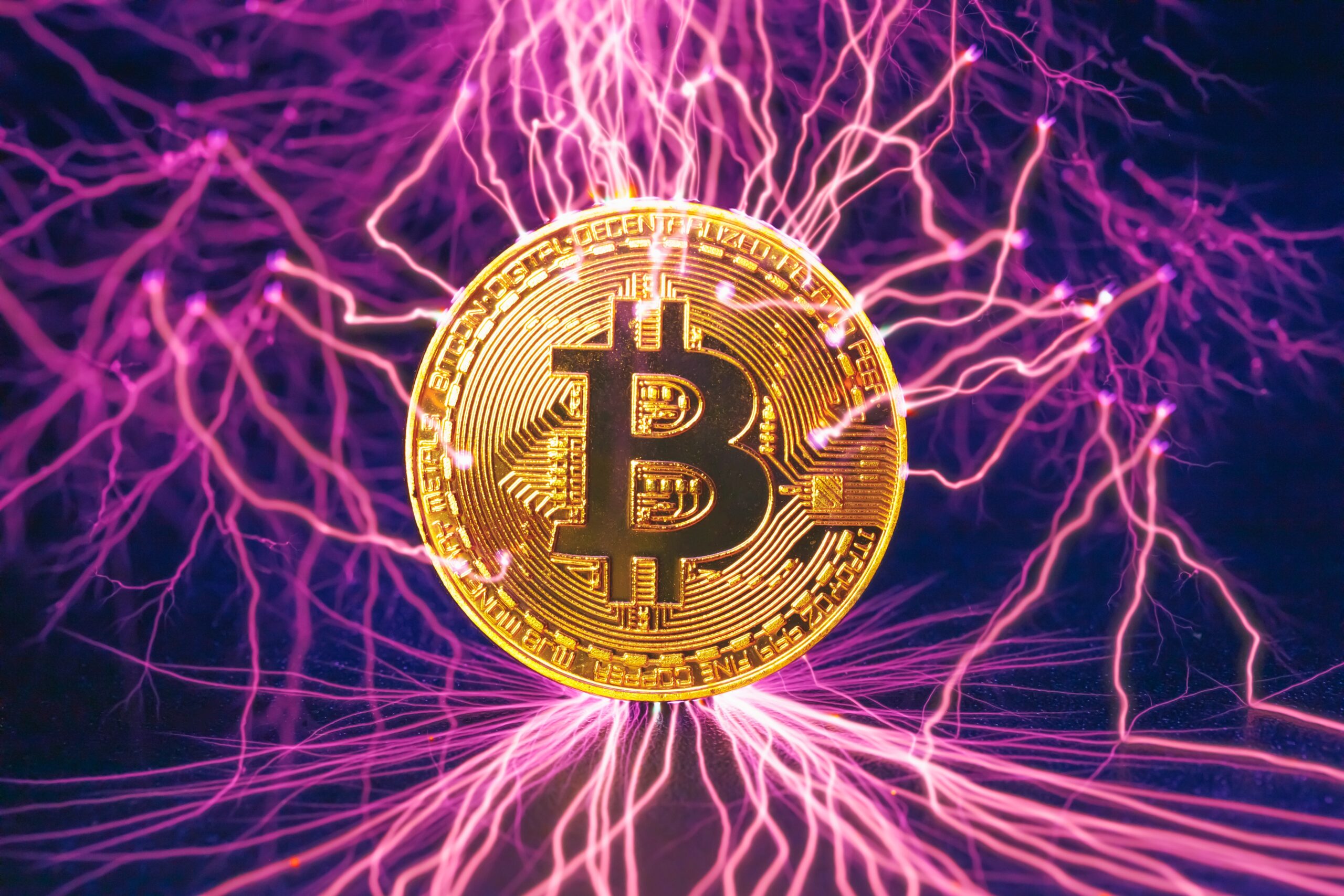Boosting supplies of cheap, clean and reliable energy, and much more.
This is Bitcoin’s estimated annual electricity consumption, according to the
Cambridge Bitcoin Electricity Consumption Index
(CBECI).
This has been one of the most popular and reliable sources of energy and carbon emissions modelling for Bitcoin since July 2010, followed by Ethereum a few years later.
Assuming an average U.S. home consumption of 10,566 kWh/year, this energy figure would power 20.5 million homes annually, according to
data * from the U.S. Energy Information Administration (EIA).
*Table CE8.5.M.2020 Monthly household site electricity consumption in the United States — averages, 2020
How can we get a specific number when there’s an enormous amount of energy being used to power equipment for the world’s eighth-largest asset by market cap?
It’s all based on estimates using lower, middle and upper bounds to determine resource usage, based on a comprehensive
which I won’t elaborate on for brevity.
Many anti-Bitcoiners constantly point out the network’s energy demands without adequately considering where the power’s being sourced, and how efficient the mining equipment is.
Over the past decade, we’ve witnessed rapid growth in solar, wind, and other renewable energy sources, accompanied by a modest increase in natural gas, a relatively cleaner option compared to coal and oil.

Statistical Review of World Energy
(2025);
. Obtained from
, used under
.
As newer technologies gradually replace fossil fuels, we can expect ongoing improvements in design and efficiency, accompanied by periods of oversupply.
In a bid to utilise excess renewable power, the Australian Government is considering a scheme where energy companies will need to offer all households a “defined daily window” (at least three hours, according to mainstream media) of free electricity each day starting from July 2026, under the federal government’s Solar Sharer program.
As more capacity is added to various energy grids worldwide, I expect this idea to become increasingly popular globally.
Over time, three hours will become four, five, six, and so on, making it even more viable for operations to continue.
What’s even better is that Bitcoin miners, from individuals to large firms, can readily adjust operations to exploit these excellent opportunities, with their hardware functioning as virtual “batteries”.
Some firms have a model built around vertical integration. For example, CleanSpark operates its own data centres, mining rigs, and power contracts, thereby controlling most of its costs and supply chain, rather than relying on outside providers.
With the introduction of Application-Specific Integrated Circuit (ASIC) miners in 2013, which replaced CPU and GPU devices, we’ve seen enormous, ongoing improvements in mining, according to statistics from the CBECI.

, licensed under
, accessed on November 14, 2025.
Yet, there has been a 40-fold increase in Bitcoin’s hashrate since April 2018, so we will need more ambitious improvements to energy efficiency, coupled with an even higher share of energy coming from low-carbon fuel sources such as renewable and nuclear.
The CBECI has also calculated life-cycle greenhouse gas emissions per power source, reporting the environmental impact of one kilowatt-hour in carbon dioxide equivalents (gCO2e/kWh).
Nuclear and wind yielded the best results, at 13, followed by hydro, solar, and other renewables, which were valued between 20 and 40.
Thus, it is disappointing to see that the uptake of nuclear energy has decreased (Fukushima, I know), despite uranium-235 being 2.7 to 3 million times more energy-dense than coal.
Yes, you read that correctly.
Even with a much more conservative figure of 43,000 times the energy density, the difference is night and day.
Imagine how much cleaner the electricity grid would be if nuclear replaced a portion of oil and a third of coal’s energy share, coupled with faster growth in renewables.
This would not only slash carbon emissions but could also contribute to over a million, possibly millions fewer deaths associated with particulate matter 2.5 micrometres (PM2.5) released by fossil fuels.
Yes, nuclear isn’t perfect, but I believe we, across the world, have squandered opportunities to have significantly improved energy grids worldwide.
The other critical resource
Besides an assortment of raw materials to produce ASIC miners, including silicon, copper, aluminium, gold, and rare-earth elements, there’s another important product needed for the efficient operation of mass-scale Bitcoin mining farms.
H2O, specifically deionised water.
When you have hundreds or thousands of powerful machines operating simultaneously, it’s going to get extremely hot in these confined spaces.
Fans and air extraction systems can only do so much work, especially as a standalone option. As a result, it’s more common nowadays to see “water block” or immersion cooling solutions as the best ways to continuously dissipate heat from ASIC miners or even some GPUs.
While water is still used as the main liquid, it’s common to see glycols (water-soluble compounds commonly used in anti-freeze) added to the mix for even better results.
While the expansion and overall growth in the number of mining farms will increase water demands, most of it can be reused or even collected condensate for reuse or proper treatment, such as filtering particles and UV treatment for killing pathogens.
The benefit of using other dielectric (non-conductive) liquid coolants is that they can be easily filtered and reused for years, resulting in minimal waste.
In this instance, there’s a separate concern regarding the correct disposal of these liquids when they are no longer suitable for use.
While sourcing water has its environmental impacts, they pale in comparison to Bitcoin’s electricity demands, at least when considering direct usage for mining operations.
With companies such as Niroxx Engineering building a modular concept for Bitcoin-powered water desalination using a low-temperature distillation (LTD) system, particularly appealing in drier regions, I am optimistic about scientists collaborating to find ways to maximise the potential of waste heat and water from mining processes.
Additional thoughts
Before continuing, remember that every industry has a varying degree of environmental impacts. These will also vary widely depending on a nation’s laws (or lack thereof) and how well these are enforced to mitigate the effects on nature.
Much of it is out of sight, out of mind. While there is always room for improvement, many will happily point out Bitcoin’s massive power demands, i.e., it uses more energy than Finland and even Australia, conveniently ignoring the aforementioned efficiency improvements and increasing share from low-carbon sources.
Moreover, Bitcoin’s energy usage is a fraction of that in China, the U.S.A., Russia, the UK and even India. Notably, Bitcoin mining utilises more renewable energy compared to most nations, including the ones above.
Yes, Bitcoin has significant environmental and social impacts that need to be addressed, and these issues are being gradually resolved. Still, for people to say Bitcoin is “destroying the planet” is laughable and one-dimensional.
As the U.S. accounts for nearly 46% of the carbon footprint share of Bitcoin mining, in addition to hosting 28% of nodes, it can have a vast influence over the blockchain’s environmental impact.
As the world’s largest and oldest decentralised network, securing ~$2 trillion of value, more than many smaller countries, it can justify its overwhelming demand for energy.
Also, for context, Bitcoin mining accounts for a small percentage of electricity consumption, both in the US and worldwide.
“Our preliminary estimates suggest that annual electricity use from cryptocurrency mining probably represents from 0.6% to 2.3% of U.S. electricity consumption.”
U.S. EIA. Tracking electricity consumption from U.S. cryptocurrency mining operations, February 1, 2024.
I couldn’t find the latest information regarding specific Bitcoin mining statistics. Still, the EIA’s Electric Power Annual 2024 report, published last month, shows a significant increase in solar (thermal and photovoltaic) and wind generation, as well as modest increases in natural gas and nuclear generation.
Before anyone says, “What about Ethereum?”, I partially agree with you, but the situation’s complicated.
For the uninitiated, Ethereum’s move from a mining to a staking system under The Merge resulted in a 99.95% drop in electricity usage.
For starters, Bitcoin’s an older and five times larger network than Ethereum in terms of total value locked (TVL).
Even though Ethereum is more complex, as it can handle a wide range of smart contracts and dApps, a discussion about proof-of-stake (PoS) by Vitalik Buterin occurred shortly after Ethereum’s launch, at least well before it became a massive blockchain.
For example, this 2016 blog post covers his thoughts on the technology’s design principles.
Sooner or later, there was the expectation that Ethereum would adopt PoS.
Regarding Bitcoin, with an enormous TVL and a continuously growing ledger that is nearly 17 years old, the idea of switching from proof-of-work (PoW) to PoS is already daunting.
There are also disagreements between advocates of mining and staking, but that’s a different topic of discussion.
Even if it were practical and inexpensive to make this transition, you’d have to consider the widespread consequences on Bitcoin mining firms that have invested hundreds of millions of dollars in infrastructure.
In reality, a move from PoW to PoS would significantly devalue this equipment, as the only other “major” blockchain that currently uses the SHA-256 mining algorithm is Bitcoin Cash (BCH).
Mind you, a sudden and substantial increase in hash rate due to this oversupply of ASIC miners would completely distort hash rate and miner rewards, in turn affecting network security.
At this point, it would be more practical for Bitcoin to focus on ongoing efficiency improvements and aim for at least 90% of its energy to come from low-carbon sources by 2035, ideally sooner.
According to CoinLaw statistics, renewables and nuclear power account for approximately 34% of electricity generation for Bitcoin mining. A University of Cambridge press release in April noted this has grown to 52.4%.
When there’s an abundance of affordable and reliable renewable and nuclear power strategically placed in areas to maximise their full potential, relative to population centres and industry, then concerns regarding Bitcoin’s energy usage start becoming redundant.
The other environmental issue that is rarely discussed is e-waste associated with obsolete or broken ASIC miners. I have spoken about this on and off over the years, and it remains another elephant in the room.
Once this matter has also been properly addressed, which I believe can be practically resolved with enough willpower and coordination, this raises the question: Will the masses finally recognise Bitcoin as an economically and environmentally sustainable solution?
More importantly, will most of the population make a greater effort to identify and research the most effective power sources for their respective geography and climate?
You might also be interested in these stories:
Disclaimers
• N.B. None of this is financial advice; I am not a financial advisor. You are ultimately responsible for your investments.
• My opinions in this piece may not reflect those of any news outlet, person, organisation, or other entity listed here.
• Please do your due diligence before investing in any crypto assets, staking, NFTs, or other products associated with this space.
Image by nikkytok at Shutterstock.


